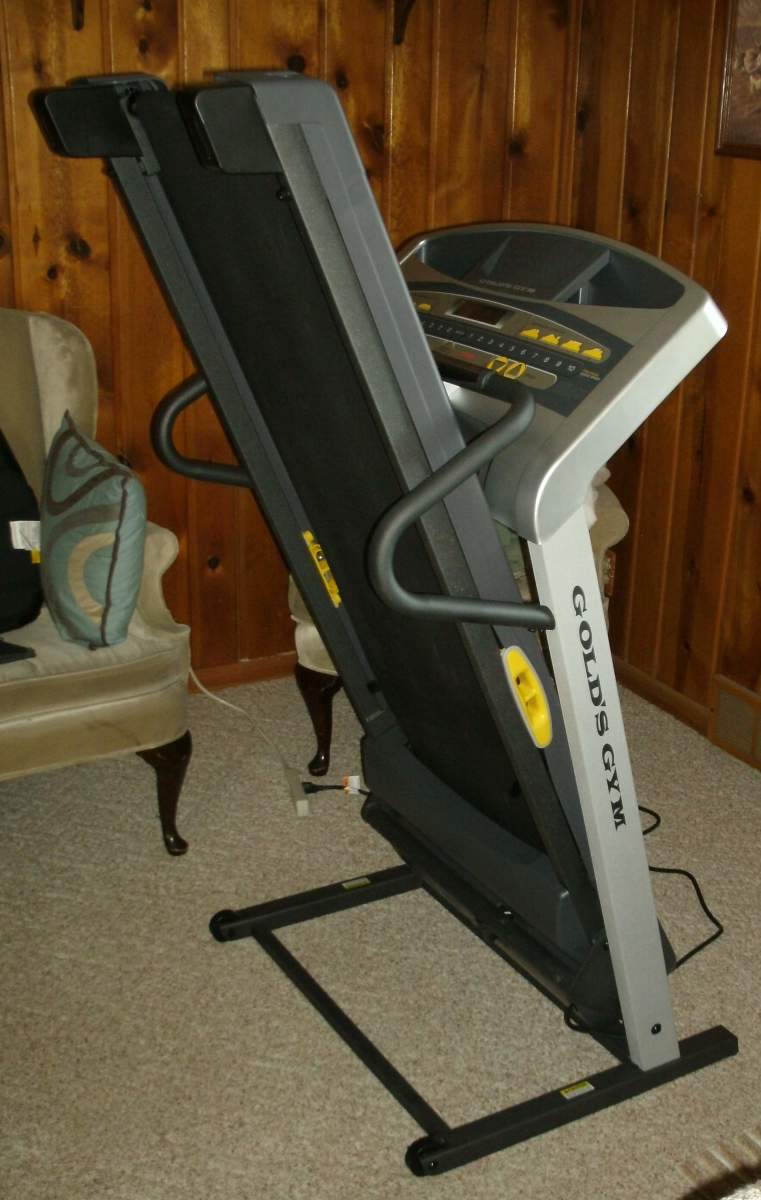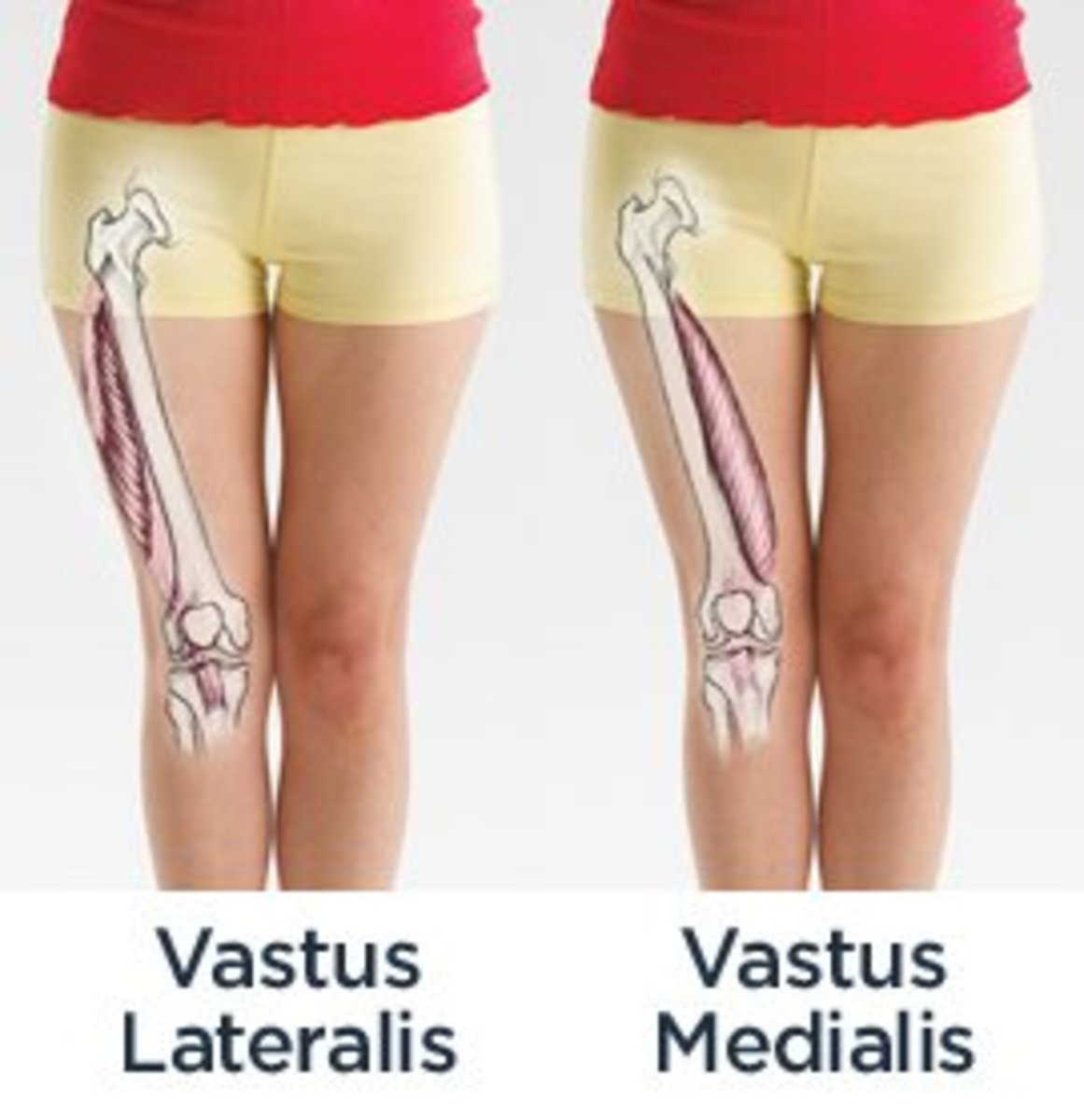High Impact vs. Low Impact Workouts

The Difference Between Low and High Impact Exercises
High impact exercises involve both feet leaving the ground at the same time. Examples include running, jumping, plyometric workouts like Insanity, jumping rope, and some martial arts movements.
Low impact means that one foot always remains on the ground during the workout. Examples include walking, Zumba, step aerobics classes (without jumping,) and rollerblading, to name a few.
Should you do Low or High Impact Workouts?
One of the benefits of any activity that puts stress on the skeletal muscle system is the maintenance or increasing of bone mineral density, e.g harder bones.
According to research by the Human Performance Lab at the University of Missouri, both low and high impact exercises can increase bone mineral density, with high impact exercises offering a very slight advantage.
Both high and low impact workout routines are good for our bones, but several studies show that high impact exercises carry a greater risk of injury than low impact ones. In general, stick to low if you:
- Have osteoporosis
- Are obese
- Have a pre-existing joint, tendon or muscle injury
- Cannot handle the stresses of intense exercise due to age or other factors
High impact cardio workouts are generally appropriate for fit individuals with a good training base. The higher intensity is a sure way for these individuals to get the workout their body needs, although a low impact workout can also be high-intensity.
High and Low Impact Workouts and Exercises
Most highly active sports such as soccer, basketball, football, tennis and baseball qualify as high impact activities, while strength training, golf, cycling and swimming would be considered low or no impact.
One exception to this is Olympic lifting, where both feet leave the ground briefly to get the body under the weight. Here is a list of high and low impact exercises and activities to refer to when your workout routines are getting stale:
High Impact
- Plyometrics. Think jumping and bouncing. Definitely not for the weak-kneed or injured of back. If you never do plyometrics, start off with a low step or curb and work up to a 24” box or pony wall over time.
- Insanity Workout: This workout is all about plyometrics at high intensity. ***Note: The athletes in these videos had months to prepare for keeping up with Shaun T. Start off slow.
- Running: The faster you do it, the greater the impact. Even if you are in excellent shape, if you haven’t been running for a while, start off with short distances. Your entire body will thank you.
- Sports: Any of the sports listed above plus rugby, volleyball, racquetball, and floor gymnastics.
- Martial Arts: Tae Kwon Do and similar martial arts have several jump-kicks which require both feet to leave the ground. Try these once and you know they are high impact. By the same reasoning, judo and Brazilian jiu-jitsu can be high impact as well.
- Parkour
- Jumping rope

Low Impact
- Walking
- Hiking
- Ping pong (Although professional players sometimes make it look high impact)
- Surfing: You need to jump to your feet, and it requires good lower body stability to stay on.
- Rollerblading/Rollerskating
- Aerobics
- Aerobics dance classes (those called “low impact”)
- Ballroom dancing
- Skateboarding (without tricks)
- Bouncing on trampoline: The surface of a trampoline absorbs much of the force.
- Swimming
- Cycling
- Climbing
Your Workout Plan to your Ability
When deciding what type of workout routine to do, consider the length and intensity you want. A high-intensity plyometric workout will skyrocket the heart rate and is good for people with healthy bones and joints who are short on time.
On the other hand, someone who can spare an hour of their day and has bad knees might prefer the overall benefits of low impact cardio workouts like walking or an easy step class.
Utilize a good mix of both based on your individual fitness level, and always work to your personal ability.









